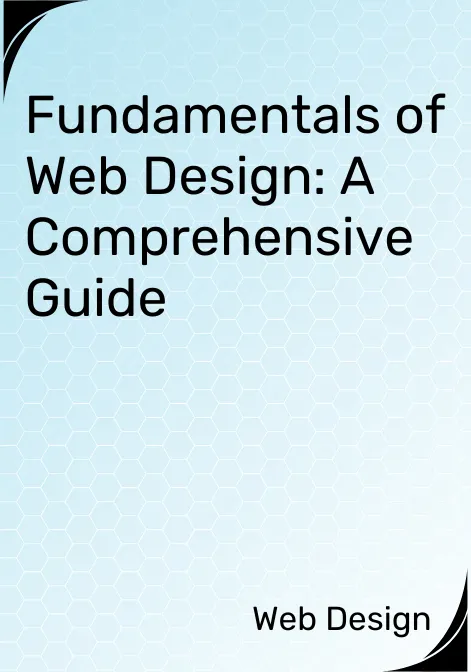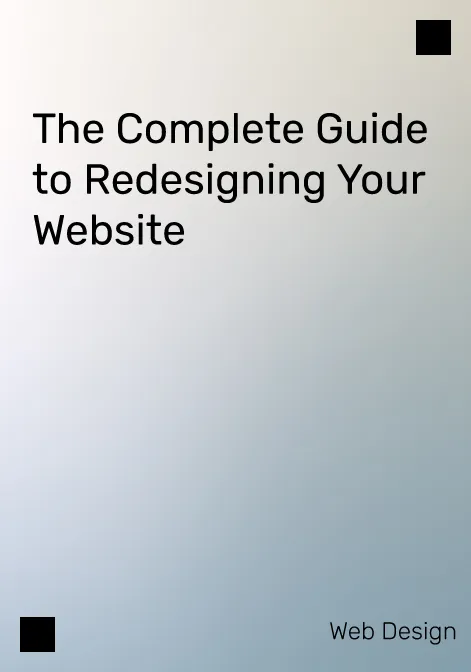In the fast-paced world of digital marketing, landing page optimization is crucial for businesses looking to turn visitors into customers. Yet, many companies struggle with creating effective landing pages that capture attention and drive action.
Ineffective landing pages often suffer from cluttered designs, unclear messaging, and poor user experiences. These issues can result in high bounce rates and lost potential sales. The good news? By following a set of tried-and-true best practices, you can overcome these challenges and create landing pages that convert.
What is a Landing Page?
A landing page is a standalone web page specifically designed for a marketing or advertising campaign. Unlike general website pages, landing pages have a single focus or goal, such as capturing leads or driving sales. They are crafted to convert visitors by offering a clear value proposition and a compelling call to action.
Key Landing Page Design Best Practices
User Experience (UX) Optimization
Clarity and Focus
One of the most important aspects of landing page optimization is clarity. Your landing page should have a clear value proposition and a single conversion goal. Avoid clutter and distractions that could divert attention away from this goal.
Clean and User-Friendly Design
A clean and user-friendly design enhances the user experience. Prioritize easy navigation and ensure that all essential elements are easily accessible. Keep the layout simple, and use whitespace effectively to make the content more readable.
Mobile Responsiveness
In today’s digital age, it’s crucial to have a landing page optimized for all devices, especially mobile. A significant portion of web traffic comes from mobile devices, so make sure your landing page is fully responsive. This means it should load quickly, be easy to navigate, and offer a seamless experience across different screen sizes.
Additional Reads: Typography Trends
Compelling Content and Copywriting
Headline Optimization
Your headline is the first thing visitors will see, so make it count. Craft strong headlines that grab attention and communicate the value of your offering. Use clear, concise language to convey your message.
Benefit-Driven Copy
Focus on the benefits users will gain by converting to the landing page. Instead of merely listing features, explain how these features translate into tangible benefits for the user. This approach makes your offer more compelling.
Use of Persuasive Language
Employ persuasive language elements like calls to action (CTAs) to encourage users to take the desired action. Use action-oriented words and phrases that create a sense of urgency or highlight the value of your offer.
Visual Appeal and Credibility
High-Quality Images and Videos
Visual elements play a crucial role in landing page optimization. Use high-quality images and videos that are relevant to your offering and enhance the user experience. Visuals can help convey your message more effectively and make your landing page more engaging.
Social Proof and Trust Signals
Build trust by including testimonials, logos of reputable companies you’ve worked with, or social media badges. These elements serve as social proof, reassuring visitors that others have had positive experiences with your brand.
Consistent Branding
Maintain brand consistency in design elements and messaging. Use your brand’s colors, fonts, and tone of voice to create a cohesive experience. Consistent branding helps build recognition and trust.
Optimization for Conversions
Clear Calls to Action (CTAs)
CTAs are the linchpin of any landing page. Make sure your CTAs are prominent and easy to understand. Use contrasting colors to make them stand out and place them strategically throughout the page.
A/B Testing
Discussing the importance of A/B testing different elements is essential for optimal results. By testing various headlines, images, CTAs, and other components, you can determine which versions perform best and continuously improve your landing page’s effectiveness.
Form Optimization
Optimize your forms to make them as user-friendly as possible. Minimize the number of form fields to reduce friction and increase the likelihood of completion. Use clear labels and provide helpful hints or examples if necessary.
Additional Reads: Role Of Visual Elements In Effective Web Design
Common Landing Page Mistakes to Avoid
- Lack of Focus and Clear Value Proposition: Ensure your landing page has a single, clear goal and communicates its value proposition effectively.
- Poor Design and User Experience: Avoid cluttered layouts and difficult navigation. Prioritize a clean, user-friendly design.
- Unclear or Weak CTAs: Make your CTAs prominent and compelling.
- Confusing Navigation or Hidden Information: Keep navigation straightforward and ensure all essential information is easily accessible.
- Slow Loading Times or Mobile Unresponsiveness: Optimize for speed and mobile responsiveness to enhance the user experience.
Landing Page Design Tools and Resources
To create and optimize landing pages effectively, consider using the following tools:
- Unbounce: A powerful platform for building and testing landing pages.
- Leadpages: Offers customizable templates and powerful integration options.
- Instapage: Known for its drag-and-drop builder and robust A/B testing features.
- Crazy Egg: Provides heatmaps and analytics to understand user behavior on your landing page.
These tools can help streamline the creation process and provide insights for continuous improvement.
Conclusion
Landing pages require both art and science to be effective. These best practices will improve your landing pages’ performance and increase conversion rates significantly. It is important to keep clarity and focus, to use a clean, user-friendly design, to ensure mobile responsiveness, craft compelling copy and content, to use high-quality visuals, and to continuously optimize for conversions.




